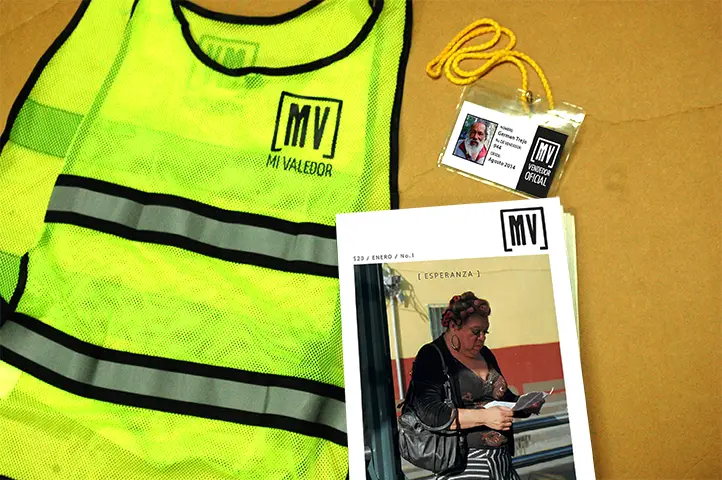It is estimated that about 40% of the food produced in the world is discarded for reasons as outlandish as a failure to meet aesthetic standards such as size, shape or colour. According to estimates by the European Commission, more than 100 million tonnes of food will be wasted this year in the EU zone alone, and that figure is expected to grow to 126 million tonnes by 2020.
Despite all the problems our cities need to solve, we are still seeing supermarket operators throw away huge amounts of perfectly edible food. Most companies prefer this food to rot rather than to be given to people in need.
Several families could be fed by only 2 people collecting edible food from trash bins every day. As a result of this, freeganism practitioners are organising sharing networks for their findings; this is what could be called collaborative consumption-led groups. And this is exactly what the German association Lebensmittelretter has been doing since 2012.
This association, specializing in food sharing, had the innovative idea to set up dozens of refrigerators throughout Berlin to fight against hunger and waste. It was founded by Raphael Fellmer, a young German entrepreneur best known for his anti-consumerist vision.
Currently, Lebensmittelretter has over 7,500 associates and nearly 1,700 volunteers dedicated to visiting shops in the city in search of food that, for several reasons, is considered not marketable.
Their collaborative activity is organized through a participatory web platform called Foodsharing which was built to facilitate sharing of unsold and unconsumed food between individuals, supermarkets, etc. in order to fight against food wasting. Information on the various items of food is available online and also the pick-up or collection points.
As they state on their website: “People share food. No money is involved because sharing also has an ethical dimension. We want to restore food’s value because it is more than just pure merchandise”.

Before the creation of this online platform, these exchanging gestures used to occur among individuals in private spaces such as homes or offices. However, in recent times, Lebensmittelretter has joined a network of urban refrigerators and shelves located in different parts of the city of Berlin. It is estimated that there are about 100 sharing food points in Germany organized through the Foodsharing platform and half of these points have refrigerators. In Berlin, 20 social fridges have been posted, most of them located in the street and in the interior of businesses that support the cause.
This inspiring fridge project has gone further because it also involves supermarkets and restaurants, some of which have accepted that some volunteers from the association can collect regularly unsold and not outdated food from them.
Also the supermarket chain Bio Company, engaged in trading organic products, has been involved with the project, with its branches in Berlin, Potsdam and Hamburg committed to giving away their surplus food.
Bio Company justifies its involvement by appealing to issues of awareness and social commitment. Its director believes that not only is this initiative combating food waste but it could also have an economic gain for the company, reducing both the storage costs for waste food and the workforce needed for handling these surplus goods.
Passers-by can also drop off and take food from these urban fridges and shelves at any time. It is a new market system which creates a surprise effect as no-one ever knows what will be found in there.
A city such as Berlin was never going to ignore this urban idea as its population typically welcomes experimental initiatives associated with urban consciousness, food waste, inclusion and civic responsibility. The future of other cities also depends on finding new ways to share our surplus.
Tere García Alcaraz is an architect and development practitioner from Barcelona, with research and working experience in Ecuador, Venezuela, Spain and the UK. She lives in London.


